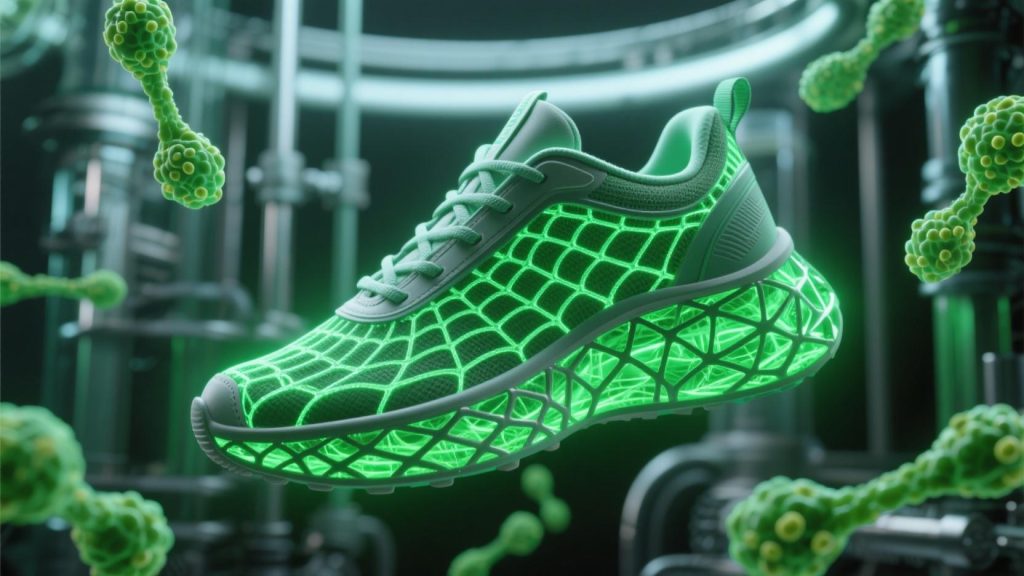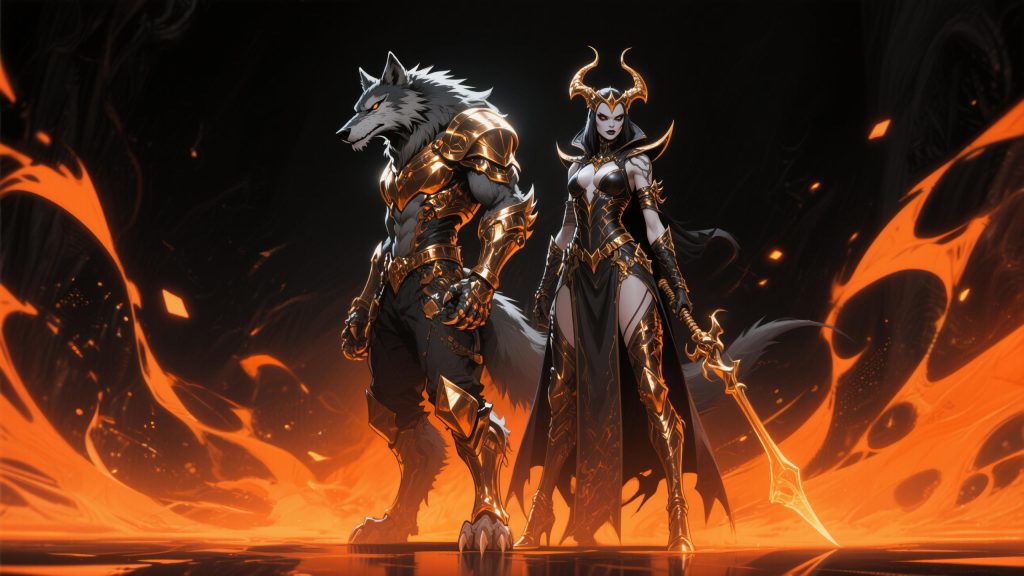
In a quiet lab outside Munich, the future of materials is being spun—literally. AMSilk, a German biotech pioneer, has turned genetically modified Pichia pastoris yeast into living bio-factories, secreting spider silk protein with tensile strength three times that of Kevlar. These proteins are then used to 3D print next-generation components, from sneaker soles to aerospace parts.
In 2025, Adidas introduced its 4D-FWD midsole, made from this synthetic silk. Beyond unmatched strength and flexibility, the material boasts a 99% energy return rate, meaning every step bounces back with nearly all the force you put in. But perhaps most extraordinary is its self-healing capability—scratches or micro-fractures disappear when exposed to water vapor, thanks to the protein’s ability to reconfigure itself at the molecular level.

This is not just a better sneaker—it’s a paradigm shift. Traditional materials are manufactured by cutting, casting, or layering inert substances. In contrast, biomanufacturing leverages the precision of life itself, using genetic code as a blueprint and cellular machinery as assembly lines. Where nature evolved for billions of years to construct organisms atom by atom, we now co-opt that same machinery to grow programmable matter.
Think beyond textiles. Researchers are already using microbial foundries to produce carbon fiber alternatives, transparent conductors, and even quantum-grade chip substrates. These materials are grown, not machined—cultivated in vats, not carved in factories. This marks the beginning of the post-assembly-line era, where manufacturing becomes an act of cultivation rather than construction.
The implications ripple across the economy and environment. Bio-based production is inherently low-energy, waste-minimal, and decentralizable. Imagine local bio-factories printing biodegradable car frames, or hospitals producing custom implants on-site from living collagen matrices. This isn’t science fiction—it’s bio-industrial design, already in prototype.
Yet, challenges loom. Engineered microbes operate on the edge of containment and control. Mutations, horizontal gene transfer, and ecological interactions pose biosafety risks. Regulation must evolve fast enough to prevent a biological equivalent of plastic pollution—a world littered with synthetic organisms.
The deeper philosophical question is: What does it mean when life becomes our toolset? When cells are programmed not to reproduce but to fabricate goods, the boundary between biology and industry dissolves. Nature ceases to be a resource we mine and becomes a partner we collaborate with.
Bio-foundries represent more than a materials revolution. They signal a metabolic turn in civilization—where cities may one day be seeded, not built; where products are cultivated, not assembled. As we teach microbes to print our future, we must ask not just what we can grow—but what we should.






